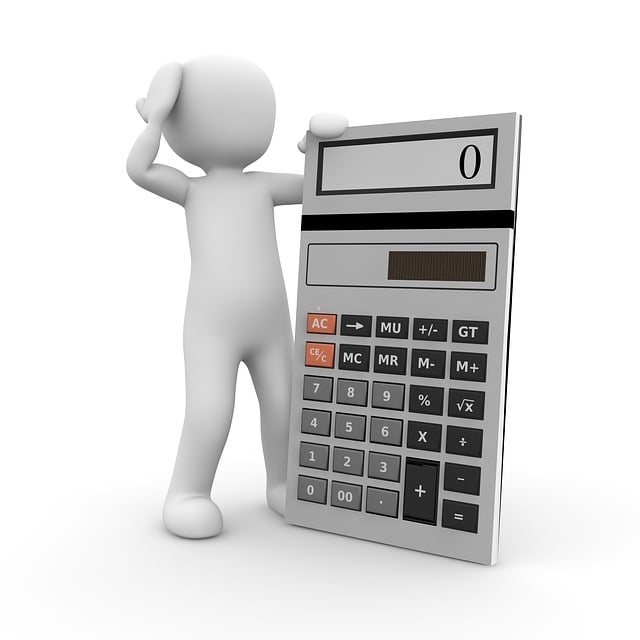Ever thought about why you eat a whole bag of chips so fast, or why your pants feel tight after Christmas and New Year’s? The answer might be right in front of you – just in numbers. Say hello to calorie calculators, the new go-to tool for every gym geek.
Calorie Calculator
What is a Calorie Calculator?
Picture this: you’re at the gym, eyeing that treadmill like it’s your arch-nemesis. But before you hop on and start burning those calories, wouldn’t it be nice to know how many you actually need? Enter the calorie calculator – your personal nutritional detective.
A calorie calculator is a nifty tool that helps you figure out how many calories your body needs to maintain, lose, or gain weight. It’s like having a tiny nutritionist in your pocket, minus the judgmental looks when you mention your love for midnight snacks.
How Do Calorie Calculators Work?
At their core, calorie calculators are all about math – but don’t worry, they do all the number-crunching for you. These digital wizards take into account factors like your age, gender, height, weight, and activity level to estimate how many calories you burn in a day.
The magic behind these calculators lies in their ability to estimate your Basal Metabolic Rate (BMR) – fancy speak for how many calories your body burns just by existing. You know, breathing, keeping your heart beating, scrolling through social media – the essentials.
Once they’ve got your BMR figured out, calorie calculators factor in your activity level. Are you more of a couch potato or a gym enthusiast? This helps determine your Total Daily Energy Expenditure (TDEE) – the total number of calories you burn in a day.
The Science Behind Calorie Calculators
Now, let’s get our geek on for a moment. The science behind calorie calculators is actually pretty fascinating – and no, you don’t need a PhD to understand it.
Basal Metabolic Rate (BMR)
Your BMR is like your body’s energy baseline. It’s the number of calories you’d burn if you decided to become a sloth for a day – no movement, just existing. Calculating BMR involves some complex equations, but don’t worry, the calculator does all the heavy lifting.
The Equation Trio
Calorie calculators typically use one of three main equations to estimate your BMR:
- Mifflin-St Jeor Equation: The new kid on the block, considered the most accurate for most people.
- Harris-Benedict Equation: The OG of BMR calculations, recently given a facelift to improve accuracy.
- Katch-McArdle Formula: The bodybuilder’s choice, as it factors in lean body mass.
Each of these equations uses a slightly different formula to calculate your BMR. For example, the Mifflin-St Jeor Equation looks something like this:
For men: BMR = 10W + 6.25H – 5A + 5 For women: BMR = 10W + 6.25H – 5A – 161
Where:
- W is weight in kg
- H is height in cm
- A is age in years
Don’t worry if this looks like alphabet soup to you – the calculator does all this math behind the scenes.
Total Daily Energy Expenditure (TDEE)
Once the calculator has your BMR, it factors in your activity level to determine your TDEE. This is where things get personal. Are you a desk jockey or a fitness fanatic? Your activity level can significantly impact your calorie needs.
The calculator usually multiplies your BMR by an activity factor:
- Sedentary (little to no exercise): BMR x 1.2
- Lightly active (light exercise 1-3 days/week): BMR x 1.375
- Moderately active (moderate exercise 3-5 days/week): BMR x 1.55
- Very active (hard exercise 6-7 days/week): BMR x 1.725
- Extra active (very hard exercise & physical job): BMR x 1.9
And voila! You’ve got your estimated daily calorie needs.
If you enjoyed this post, you’ll like these too!
Want to dive deeper into the delicious world of pasta history? Check out this fascinating article for more noodle knowledge!

